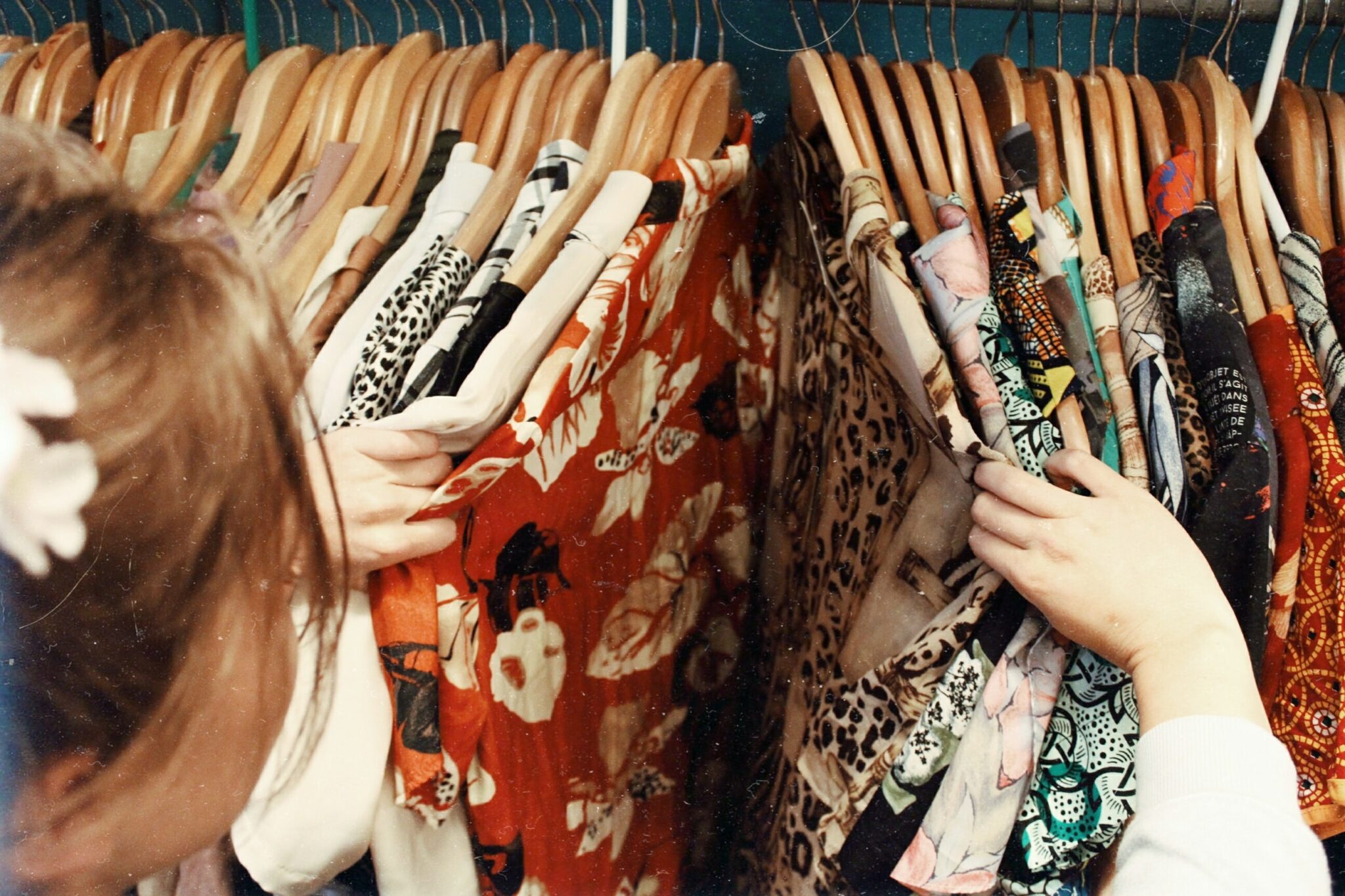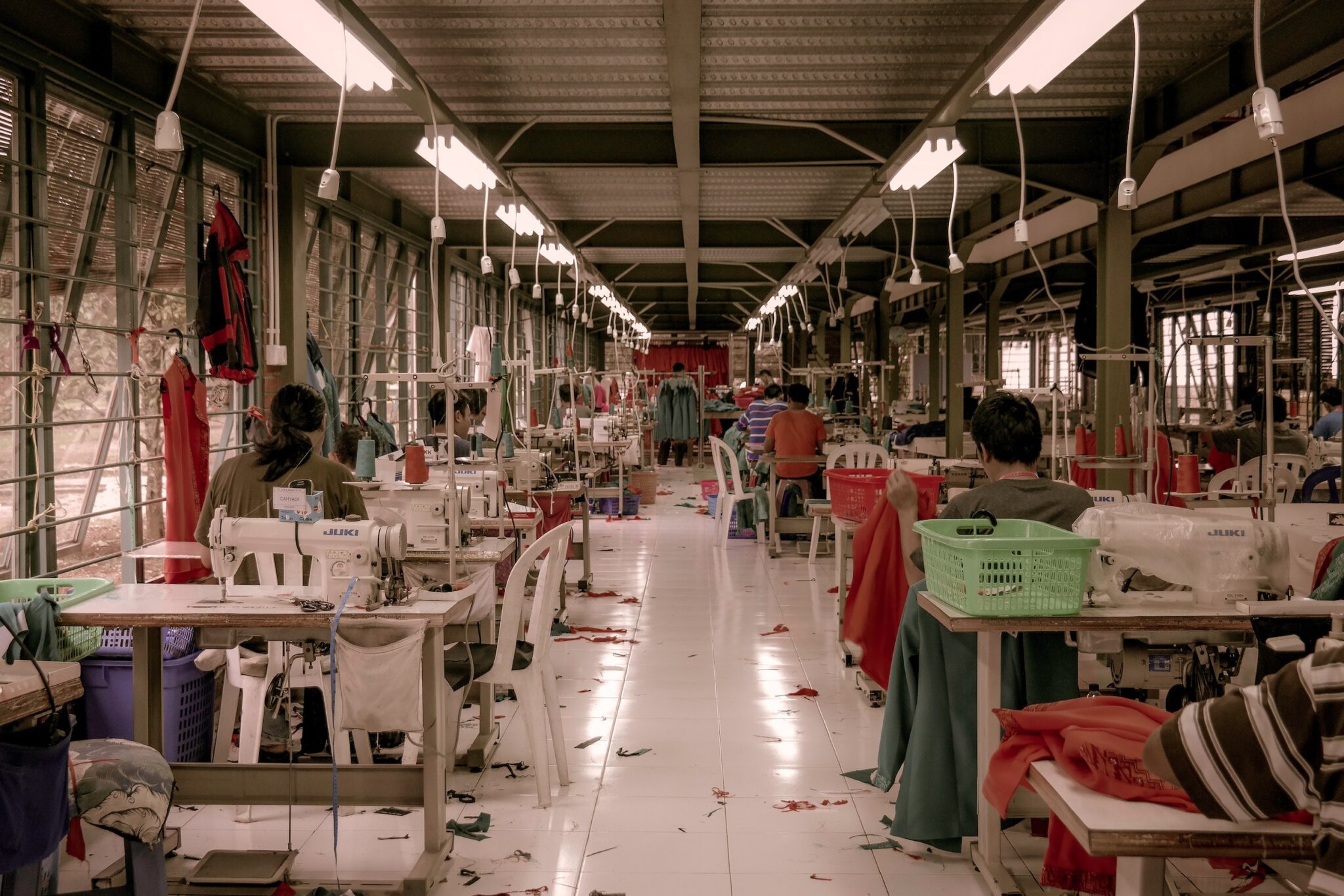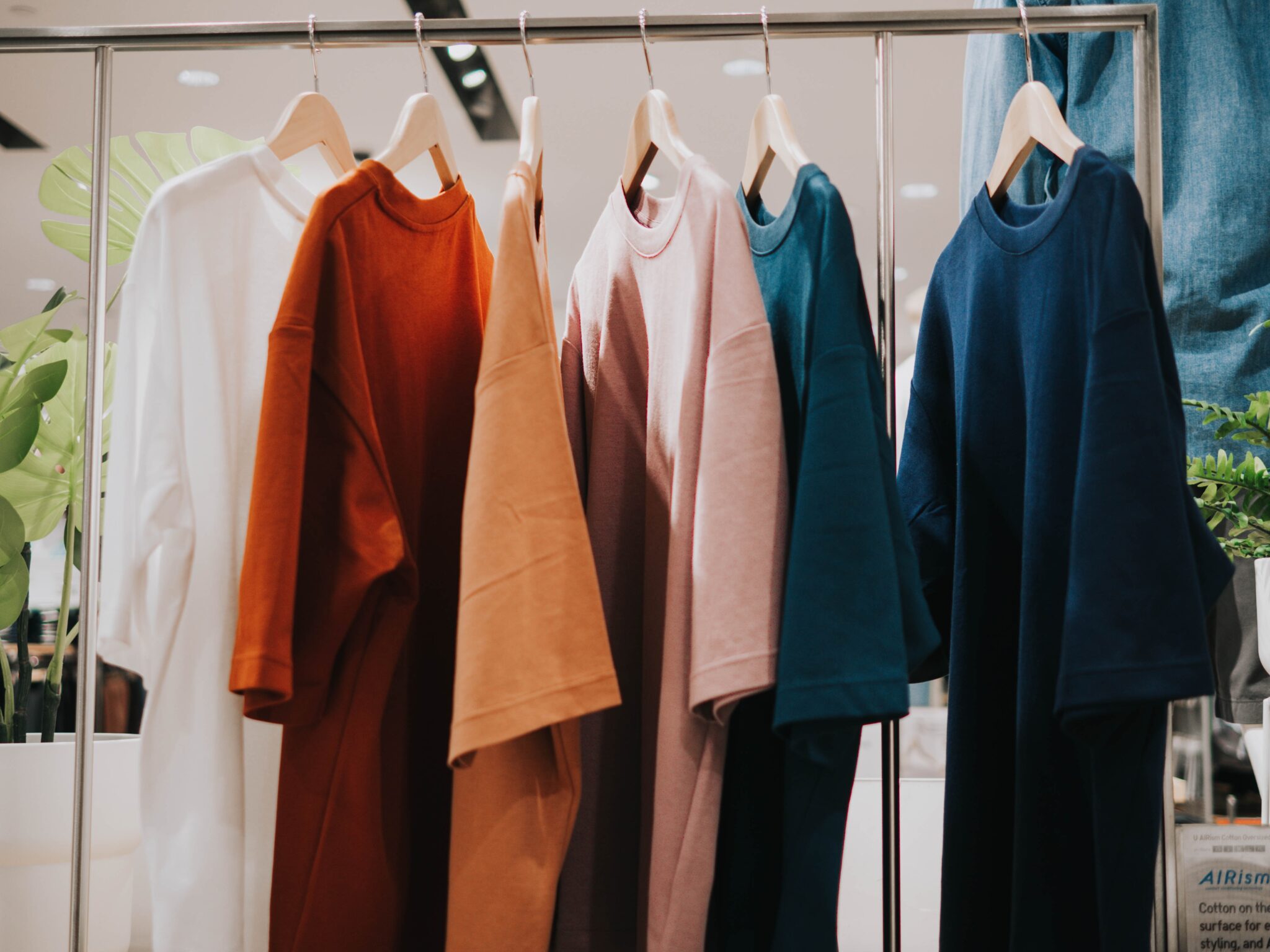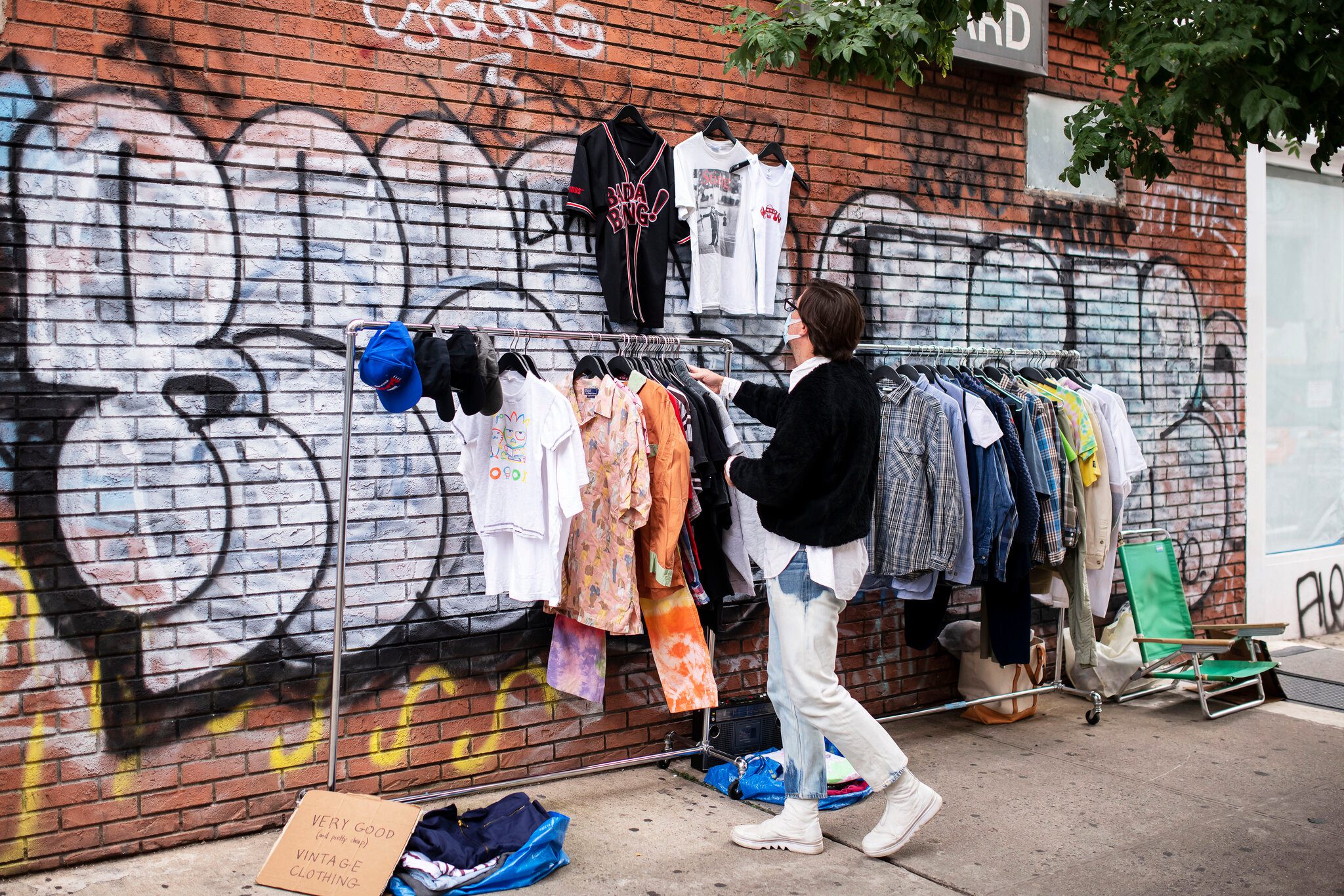
I was looking through my closet today and came to a surprising realization: almost everything I was looking at was either thrifted or received as a hand-me-down.
It was a proud moment for me, especially because I had been thinking about ways to incorporate the harms of the fast fashion industry into my next piece of writing. In all the conceptual iterations of this idea, I hadn’t thought to look inwardly at my own clothing journey until now.
My path towards a more ethical wardrobe began in 2013. In April of that year, a garment factory building in Dhaka, Bangladesh had collapsed. It was a horrific event that shook the world – over 1,000 garment workers had died because of a blatant disregard for building codes by the building owner. This was a preventable tragedy caused by deliberate neglect for workers’ safety. Understanding this, I wanted to learn more about how and why something like this had even been possible.
I quickly learned that the Rana Plaza disaster was a reflection of much larger issues in the garment industry, something that was confirmed by my recent talk with impact entrepreneur Caroline Charvet of Renaissance Upcycling. In her words,
“the entire value chain suffers from a structure that prioritizes low prices and efficiency – it means low quality clothing that not only uses polluting materials but creates bad working conditions as well.”

She’s right – the rise of fast fashion has led supply chains to outsource much of their labor to countries with lower labor and environmental protections, resulting in an underpaid workforce and severe environmental degradation. In other words, though Bangladesh served as one of the worst cases of this – as they have some of the lowest wages in the world for garment workers – situations similar to the conditions that led to the Rana Plaza disaster are happening all over the world.
On the consumer side of things, fast fashion has created a destructive path: it produces cheap and poorly made clothing, which leads consumers to increasingly see clothing as disposable and to demand a constant supply of new items to replace the old. This ultimately exacerbates the cycle to create quicker and cheaper clothing. At the end of the day, companies take in enormous profit, consumers have an endless supply of astoundingly cheap clothing, and the labor force and environment pay the heavy price.
As I reflected on my own wardrobe back in 2013, I realized that the things I was learning were all apparent right there, in my own purchasing habits. My drawers were filled with H&M, Zara, and Forever21, and I would routinely (and quite absentmindedly) replace relatively new pieces of clothing with even newer ones. I did this not only because I was quick to move onto the next style trend, but because these pieces were not made to last very long.
As a consumer, I understood that the clothing I was buying was of cheap quality, but I didn’t care. In hindsight, my mindset reflected the understanding that these clothes were disposable – I knew that I would wear them for a few months and then replace them with newer, even cuter clothing shortly down the line.

I loved these stores not only because they offered cheap and cute clothing but because it seemed like every time I walked in, they had a fresh array of new styles to choose from, which made shopping exciting and fun. However, as I quickly came to realize, the very reasons why I shopped at these stores were the same reasons why these stores were so nefarious to begin with…
So, how did I go from a closet full of clothing made by some of the main culprits of the fast fashion industry to, eight years later, a closet almost completely absent of them?
Well, I’ll start with this: it was not easy, and I’m not perfect, but the main changes to my purchasing habits happened through increasing my visits to thrift stores, doing my own research on sustainable fashion brands, planning clothing swaps with my friends, and even repurposing some of my own clothes.
It helped to do these things with friends and family so that they became fun activities I looked forward to in my day, rather than an exclusively moral obligation.
For example, just last summer, I decided to learn how to sew with a friend. Not only did it give me the tools to start repurposing some of the clothing that I saw in thrift stores, but it also gave us a reason to spend quality time together. Clothing swaps have also been a really fun and sustainable way for my friends and I to hangout while replacing the clothing that we no longer want.
I also want to make it clear that I haven’t completely eliminated fast fashion from my closet – I’ve definitely purchased items from places like H&M several times since 2013. Fast fashion has created such cheap clothing that, especially under a tight budget, it can be hard to avoid. Thus, I don’t think you need to avoid it at all costs in order to feel like you’re doing the right thing, either.
I think the best way to start – or at least the way that worked for me – is making a genuine effort while also cutting yourself some slack. The fast fashion industry has taught us that clothing should be dirt cheap, and that a constant stream of new clothing is normal. Though these conditions have only been made possible through extremely unethical and destructive means, we’ve been taught to expect and demand this standard as consumers.
It takes a while to unlearn the things we’ve been taught, so it’s okay if it takes a while to truly realize that these standards are abnormal and untrue. I don’t think I’m completely there yet, either.

I think the important thing is being deliberate in your clothing choices and taking the time to educate yourself on the brands that do the most harm. For example, when I asked Charvet what advice she would give those trying to avoid fast fashion, she said “the first step to quitting fast fashion is informing yourself about how and where your clothes are made.” For Charvet, learning about the negative impacts of fast fashion made it increasingly hard for her to support fast fashion brands, which ultimately changed her relationship to clothing.
Nevertheless, sometimes fast fashion is impossible to escape, and that’s not your fault. After all, the industry’s founding characteristic is that of accessibility. So, I don’t think you need to beat yourself up over shopping at fast fashion brands from time to time. So long as you make a true and genuine effort to limit your fast fashion purchases, you’re on the right track.
So remember to be kind to yourself. And in the meantime, here are some action items to help you get the ball rolling:
- Watch the 2015 documentary, True Cost, about the human and environmental cost of the fast fashion industry.
- Make it a point to visit your local thrift store this weekend. (And while you’re at it, donate a few items too!)
- Use Re/Make and Good on You to discover sustainable fashion brands. (Though I would use their websites as a starting point and supplement it with your own research, as always.)
- Plan a clothing swap with friends and/or family.
- Find 3 items of clothing that you don’t wear anymore and discover clever ways to repurpose them. (E.g., turn an old tee into a shopping bag or replace single-use cotton pads with old cotton shirts.)
Also, check out Caroline Charvet’s startup, Renaissance Upcycling, which is allowing Parisians to transform their pre-owned clothing into tailored, unique pieces. You can read more about Renaissance Upcycling and the work that Caroline is doing to fight fast fashion on our Stardust project page.


